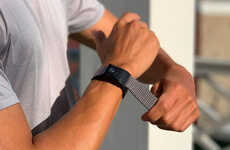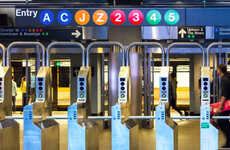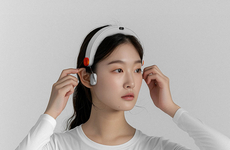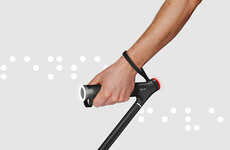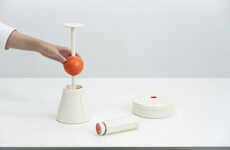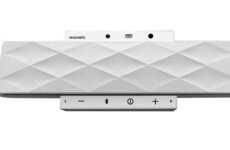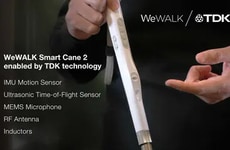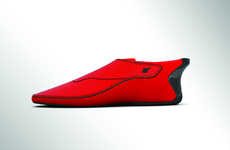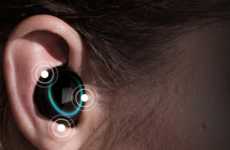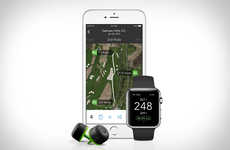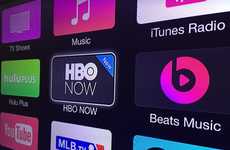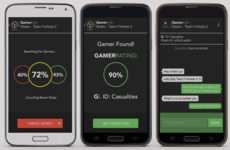
The wayfindr System Guides the Blind Through London's Subway System
Rahul Kalvapalle — August 9, 2014 — Tech
References: rlsb.org.uk & gizmag
The wayfindr system was developed in response to a survey conducted by the Royal Society for Blind People (RSBP) in London, England, that found that about half of blind youth are uncomfortable using the city's subway system, the London Underground.
The RSBP's youth forum partnered with design firm ustwo to create the wayfindr system, which uses a combination of Bluetooth beacons, an app and special bone conduction headphones to guide users through the subway system.
The beacons are essentially iBeacon-based Estimote modules placed at strategic locations around the London Underground system. These devices can notify nearby iOS mobile devices of their presence.
The wayfindr's app picks up the signals of the three nearest beacons, compares the strength of the signals and assesses the user's location relative to the waypoints. The app then delivers spoken navigational cues to the user via special headphones that send vibrations through the cheek bones. This way, users' ear canals aren't blocked, allowing them to still hear what's going on around them.
The RSBP's youth forum partnered with design firm ustwo to create the wayfindr system, which uses a combination of Bluetooth beacons, an app and special bone conduction headphones to guide users through the subway system.
The beacons are essentially iBeacon-based Estimote modules placed at strategic locations around the London Underground system. These devices can notify nearby iOS mobile devices of their presence.
The wayfindr's app picks up the signals of the three nearest beacons, compares the strength of the signals and assesses the user's location relative to the waypoints. The app then delivers spoken navigational cues to the user via special headphones that send vibrations through the cheek bones. This way, users' ear canals aren't blocked, allowing them to still hear what's going on around them.
Trend Themes
1. Blind-assisting Subway Beacons - Using Bluetooth beacons, an app, and bone conduction headphones, the wayfindr system guides blind individuals through subway systems.
2. Improved Accessibility for the Visually Impaired - The wayfindr system addresses the discomfort blind youth face when navigating the London Underground, offering a disruptive innovation for improving accessibility in transportation.
3. Iot and Navigation Technology Integration - The implementation of iBeacon-based Estimote modules in the wayfindr system demonstrates the potential for integrating IoT and navigation technology to create inclusive and accessible solutions.
Industry Implications
1. Transportation - The wayfindr system presents an opportunity for transportation companies to implement innovative solutions that address the needs of visually impaired commuters.
2. Assistive Technology - The development of the wayfindr system highlights the potential for advancements in assistive technology to enhance the independence and mobility of visually impaired individuals.
3. Smart City Solutions - The use of Bluetooth beacons and mobile apps in the wayfindr system showcases the potential for smart city solutions to create more inclusive urban environments.
3.8
Score
Popularity
Activity
Freshness

